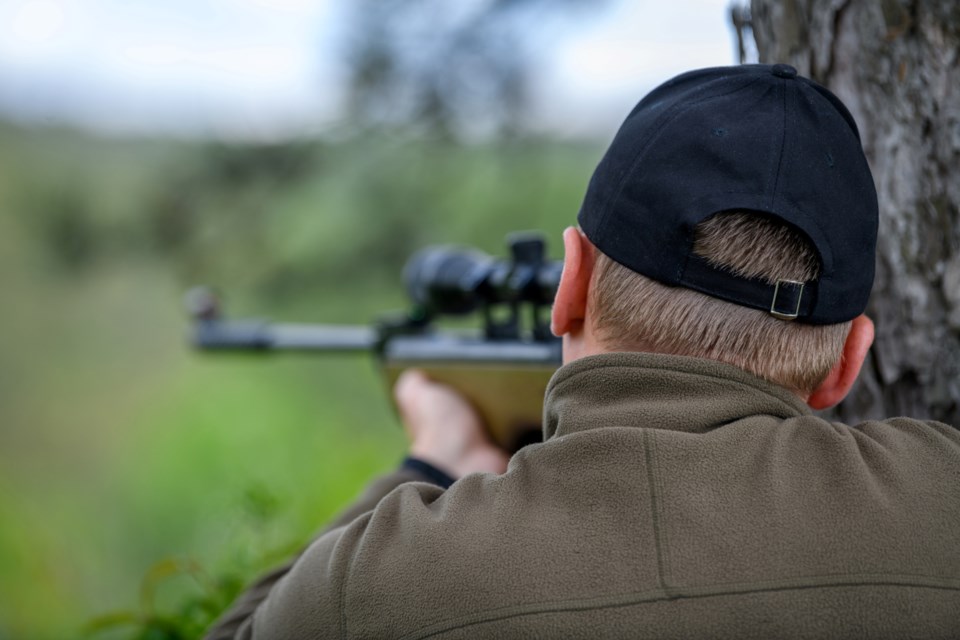It is not just the killing that gives hunters the adrenaline rush, but the combination of the whole experience. For some, it is waking up to the crisp mornings surrounded with nothing but forest, relaxing by the fire with a hot coffee waiting for the sun to rise before heading out in search of that trophy animal. It is also about the excitement of shooting that deer or moose and knowing you will have enough food for your family throughout the winter. There is much more to hunting though than just grabbing your rifle and heading out. Having the wits and knowledge to track an animal can take skill, patience, and a lot of time, which is one of the main reason’s hunters leave their homes or camp before dawn and not return till after dark.
Being out in the wilderness, tracking and hunting animals does come with its own set of risks and safety precautions that every hunter needs to consider. The Department of Environmental Conservation in the United States keeps yearly records for all hunting-related injuries and deaths; however, very little information on the Canadian statistics are documented in this manner unless it makes its way into the media. Despite the hunter education training courses and hunting safety rules, injuries and fatalities are still occurring. The top three causes are hunters not tying themselves off when in a tree stand, resulting in falls. Most deaths are from hunters not having a visual on their target and accidentally shooting their partner. Lastly, is the improper handling of the firearm, resulting in shooting themselves.
All hunting-related shooting incidents are preventable if you take a moment to think about your actions. A few safety tips to consider when hunting is to wear clothing that’s orange or pink so others can see you. Another is to positively identify your target and what is beyond that, before making a shot. When out walking, keep your finger off the trigger and point the muzzle in a safe direction, toward the ground is most common. Another safety factor to consider when out hunting is your location and surroundings. Hunters can get distracted if they are running after a wounded animal and are at risk of becoming disoriented to their surroundings, ultimately getting lost. It is always wise to leave an initial travel itinerary with family and carry a cell phone or GPS to help lead the way back to your vehicle.
Read more from Whitecourtpress.com



